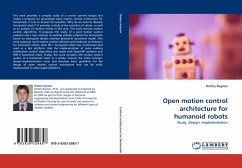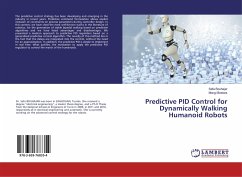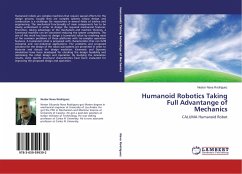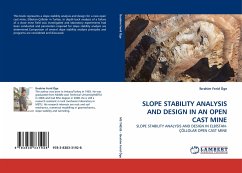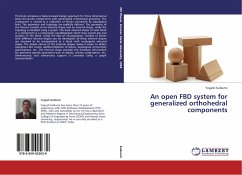This work provides a complex study of a control systems design and makes a proposal for generalized open motion control architecture for humanoids. It tries to answer the question "Why do we need to develop humanoid robots?" It provides a study of the evolution of robots, as well as an analysis of modern trends in this area. This work stresses motion control algorithms. It proposes the study of a joint motion control problem and a new solution to walking stability problem for humanoids based on decoupled double inverted pendulum dynamical model. This work proposes novel motion control software and hardware architecture for humanoid robots. New Rh-1 humanoid robot was constructed and used as a test platform. Also the implementation of some walking stabilization control algorithms was made with OpenHRP platform and HRP-2 humanoid robot. Finally, this work considers the motion control system of a humanoid robot as a whole, stresses the entire concept-design-implementation chain and develops basic guidelines for the design of open motion control architecture that can be easily implemented in other biped platforms.
Bitte wählen Sie Ihr Anliegen aus.
Rechnungen
Retourenschein anfordern
Bestellstatus
Storno

